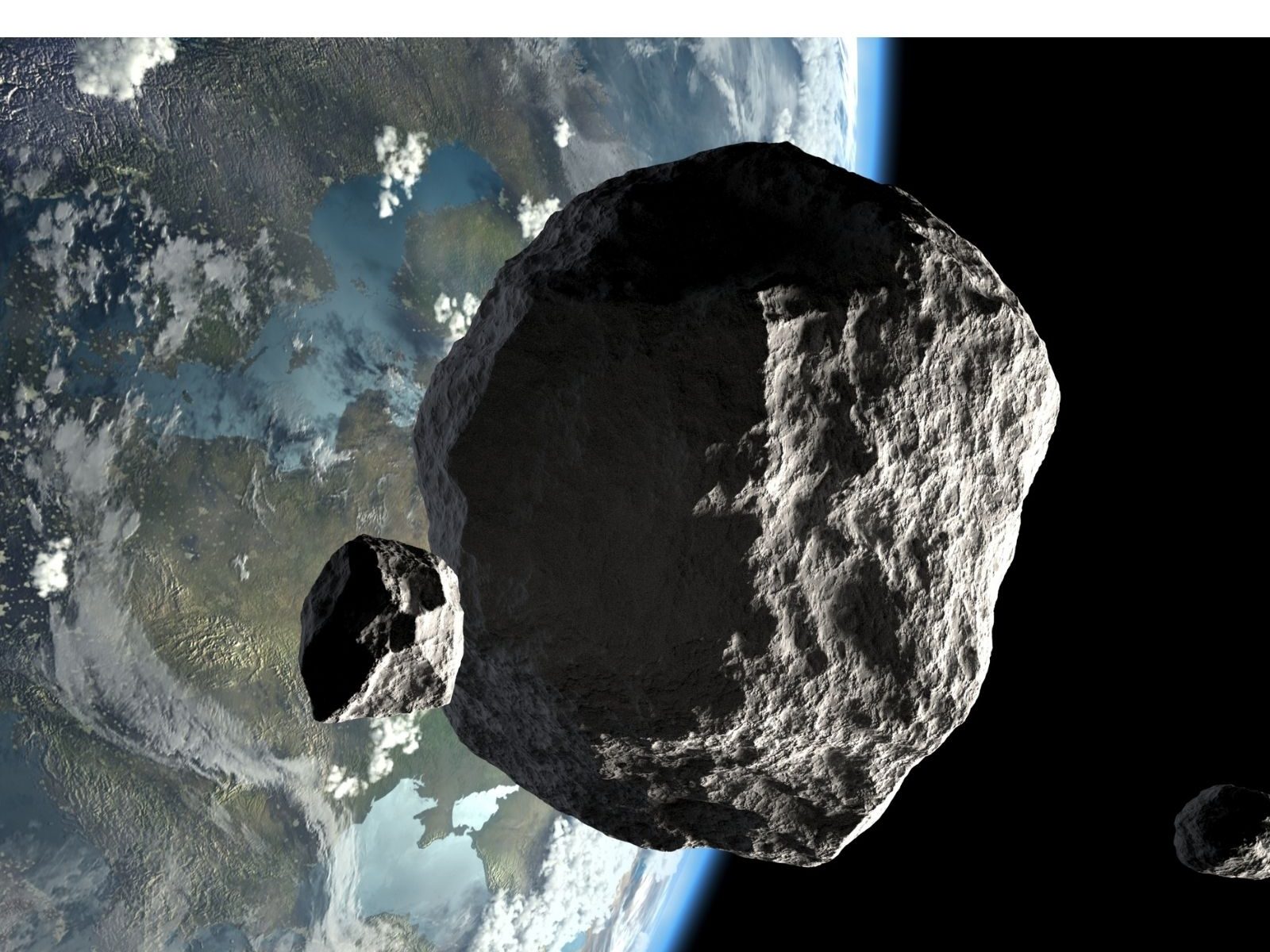The asteroid 2020 PT4 flew past Earth in the afternoon hours of Thursday, September 15 at 39,000 kilometres per hour.
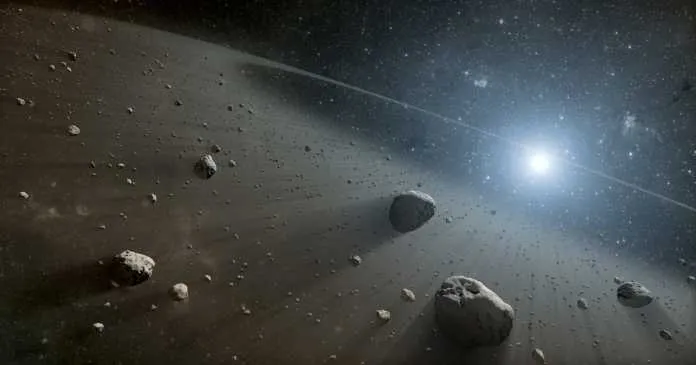
A near-Earth asteroid approach is equal parts fascinating and frightening. On one hand, it could be incredible to think about how interstellar objects traverse the universe, and approach each other. The mutual gravitational forces are further contributors to their orbits and trajectories, eventually dictating how they approach other bodies. On the other hand, a near-Earth asteroid can potentially wipe out all life on Earth as we know it — as has been known to have occurred in the mass extinction event that wiped out over 90 percent of all life on Earth, including the dinosaurs, about 65 million years ago. The asteroid 2020 PT4, however, was not one such killer rock.
What We Know About Near-Earth Asteroid Approaches
Tracked by the US central space agency, NASA, near-Earth asteroid approaches are registered as those that travel within 7.5 million kilometres of Earth’s vicinity. This is a safe enough distance, strictly speaking. For reference, the moon, which is Earth’s closest naturally occurring neighbour in the solar system, is around 384,400 kilometres from our planet.
The interplanetary rocks, therefore, approach Earth largely at a distance 20 times that of the journey between the Earth and the moon. For asteroid 2020 PT4, this was nearly true — the rock approached Earth at a distance of 7.2 million kilometres from the planet. This, therefore, just about qualified it as a potentially hazardous object in space.
Thankfully, the asteroid’s trajectory, which reappears within the Earth’s vicinity once in more than two years, is far enough from Earth to avoid any potential disaster. The asteroid measures over 213 feet in diameter, and flew past us at a speed of over 39,000 kilometres per hour. This makes it one of over 30 near-Earth asteroids that have approached Earth this month, but is certainly not one to threaten life on our planet.
In terms of killer rocks, things could certainly get much worse. Asteroid 2005 RX3, for instance, measures a whopping 689 feet in diameter — approximately double the length of a football field. It is also set to fly past Earth later this month, in the early hours of Sunday, September 18.
Recent Posts
- Astronomers detect first direct image of black hole expelling a powerful jet
- WhatsApp rolling out ‘reply with message’ feature within call notifications
- Multi-Device Pairing May Be Arriving for Apple Watch this Year
- Artificial Intelligence Discovers Hidden Giant, a Planet 5 Times Larger Than Jupiter
- Google CEO Sundar Pichai Talks Bard & The Future Of Search
Recent Comments
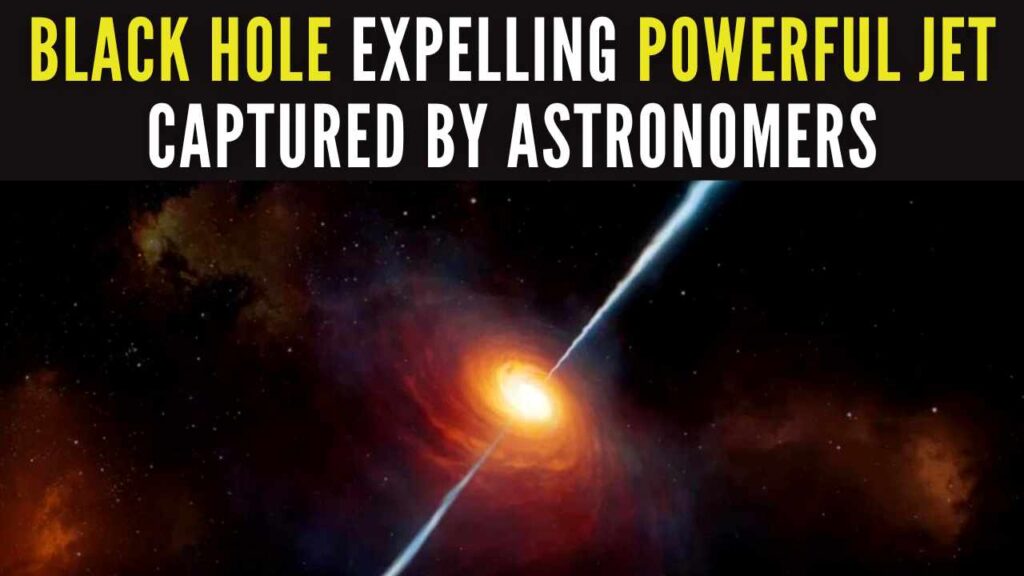
Astronomers detect first direct image of black hole expelling a powerful jet
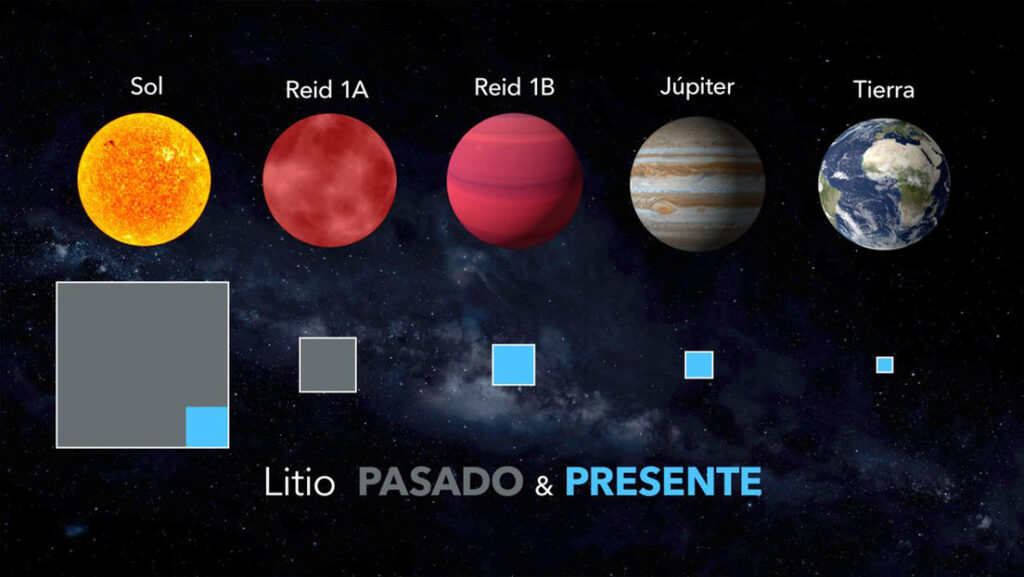
Artificial Intelligence Discovers Hidden Giant, a Planet 5 Times Larger Than Jupiter
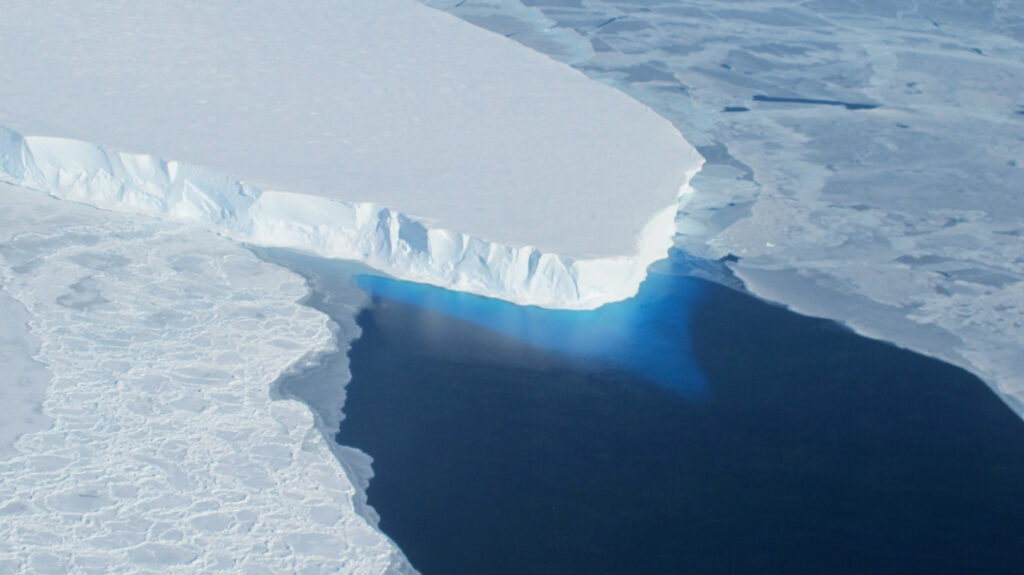
Scientists explain melting of Antarctic ice sheet dating back 9,000 years

An Unexpected Discovery: Hubble, ESA's Gaia Spot Double Quasar That Existed Over 10 Billion Years Ago

Astronomers detect first direct image of black hole expelling a powerful jet

WhatsApp rolling out ‘reply with message’ feature within call notifications

Multi-Device Pairing May Be Arriving for Apple Watch this Year


